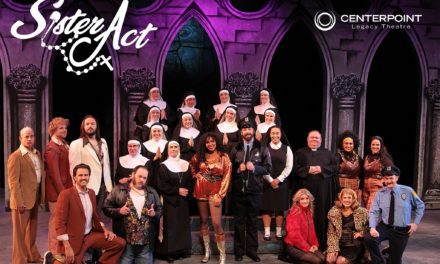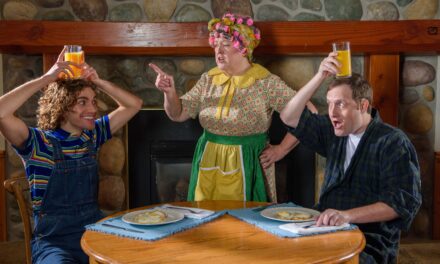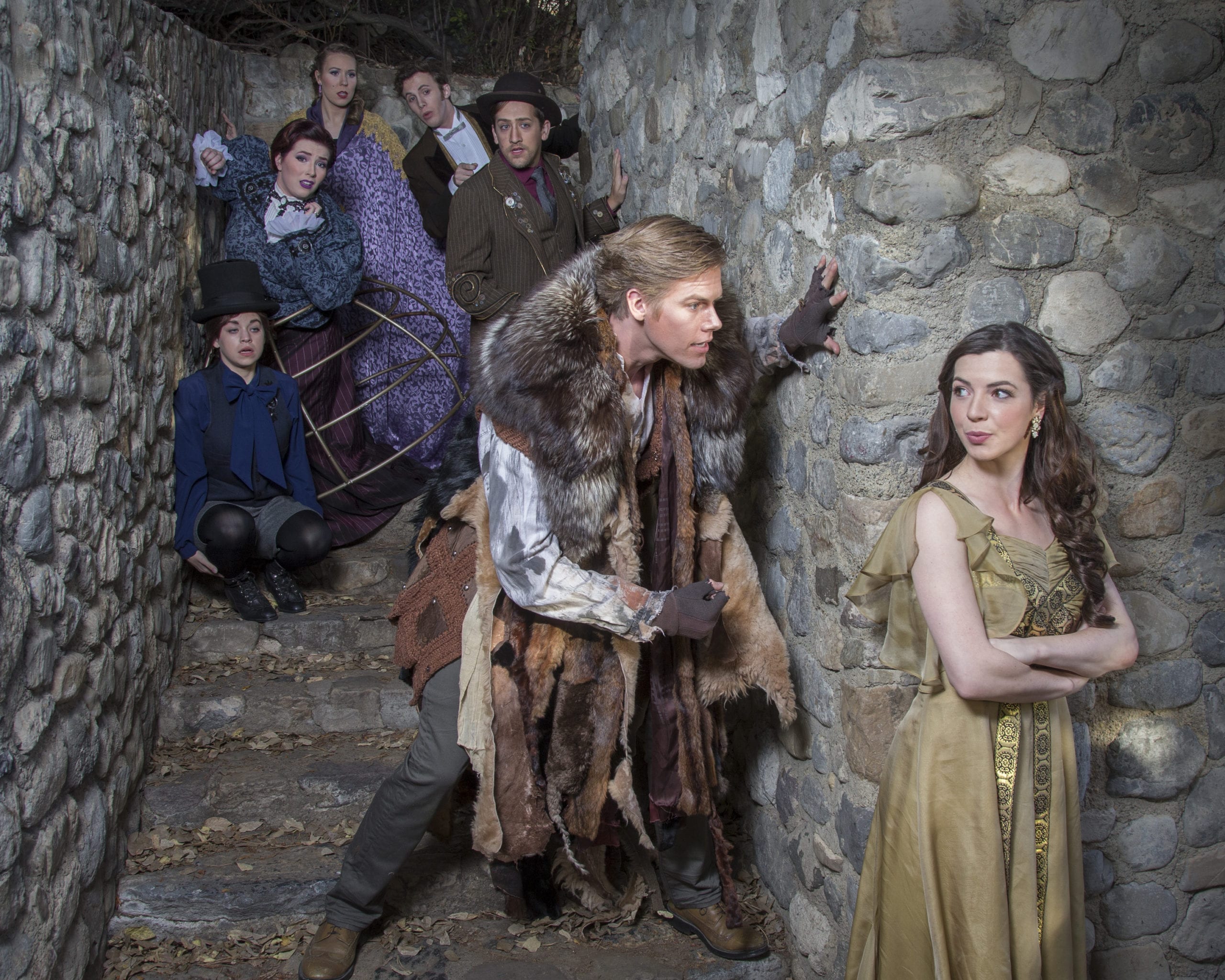![]() MIDVALE — “Most people are (real nice), Scout – when you finally see them.”
MIDVALE — “Most people are (real nice), Scout – when you finally see them.”
Like so many others out there, the book To Kill a Mockingbird was required reading while I was growing up. Sadly, I haven’t read it since. Before seeing the stage production, I couldn’t recall most of the details, but I did remember there being something about a strange man that the neighborhood kids were unafraid of named Boo Radley. I remember Atticus Finch having a daughter named Scout and being a lawyer tasked with defending an African American man after he was accused of a crime that he obviously did not commit.
While I didn’t remember most of the details, I certainly remembered Atticus Finch being a man who stood up for what he knew was right. So, years later, the details of the story escaped me, but the message remained. Because of this, I was eager to see the stage production. I wanted to remember the story that conveyed the message that had stayed with me for so very long.
The show began with a group of the actors converging on stage, surrounding a man playing the banjo and singing “Oh, Susanna.” It was a delightful way to set the mood, somewhat reminiscent of a small town group of people gathering around a campfire to tell stories and sing songs. It was charming and certainly helped start the show off right. However, by the third song, I was ready for the show to begin. Perhaps starting after the second song would be a better balance of mood setting.
Par for the course in community theater, opening night had a handful of stumbled lines among the gossipy southern women and rising racial tensions. Our three young actors (Raven Flynn, London Flynn and Nathan Klingonsmith), though, had their lines memorized remarkably well. I especially enjoyed London Flynn’s facial expressions. But all three young actors were able to stay with the characters, give their lines and follow stage direction without missing a beat. It was quite enjoyable watching them pull off this feat.
I have to admit that I was anxious for Atticus to enter the story. I felt that the casting here could make or break this production. Within moments, it was apparent that Josh Hilst would be able to pay tribute to the unassuming, strong and honorable man. With a beautiful script by Christopher Sergel (adaptated from the novel by Harper Lee) to back him up, Hilst modeled the soft-spoken father that leads by example, rather than force, beautifully. He modeled patience when speaking with his children, passion when fighting for Tom Robinson, and sadness when he witnessed hatred.
Enter the nice, fun loving, banjo playing man—Tom Drury—from the pre-show. Drury’s transition into the grouchy old Bob Ewell was awesome. Within moments of him entering the stage, I knew I wasn’t going to like him. The transformation was that much more rewarding having seen him happily singing and strumming shortly before. As the show progressed, his gruffness, callousness, smirking and sneering made the perfect villain. I also enjoyed Sheriff Heck Tate’s (Sterling Young) passionate plea in the final scenes. The back-story of Mrs. Dubose (Mindy Hardy) and the strong stage presence of Reverend Sykes (Terence Johnson).
Eve Speer’s direction and staging was especially well done during two standout moments for me. The first was when Scout (Raven Flynn), walked the length of the stage during the mob scene in front of the jailhouse. The second was the understated stance of Atticus as he blocked Mayella’s (Allison May Froh) view of her father during her reserved yet obstinate courtroom testimony.
The use of lighting and sound effects in this show were a nice touch. All too often, amateur theaters don’t explore the subtitles of sound and lighting. Most would not notice when these items are not present but when it’s there, I certainly recognize the difference and appreciate the effort of adding birds singing or dimmed nighttime lights. It really helped me imagine the setting of the play (the early 20th century rural South). Unfortunately, the playbill didn’t give sound and lighting credits so I am not quite sure who to give accolades to. The set construction was done by Johnny Schmidt and the set Ddsign is credited to Cassidy Ross and Tammy Jackson Ross. The set was appropriate, though I would have like to see real doors rather than curtains and the courtroom was a bit sparse. I just don’t think I am a fan of sheets or material. I would have preferred the judge at a desk rather than a table with a sheet.
I think the script (perhaps the production) was unable to adequately catch the youthfulness and mystery of Boo Radley, and thus the message of loss of innocence and not judging others was lost. However, with a focus on the courtroom and the racial tensions, the most important elements of kindness and doing the right thing were conveyed. So much so that I am thinking of picking up a copy of the book to read again.
Overall, the production was a fine one! More importantly, To Kill a Mockingbird is a beautiful story and one that should be told through as many mediums as possible. I commend Midvale Main Street Theater for producing such a quality piece of American history and recommend that people see this show to be reminded that “real courage isn’t a man with a knife in his hand, it’s knowing your licked before you begin but you begin anyway.” A story and production made up of courage and honesty, To Kill a Mockingbird teaches kindness and the importance of doing what is right.
[utba_info_bpox]To Kill a Mockingbird plays Thursdays, Fridays, and Saturdays at 7 PM at Midvale Main Street Theater (7711 S. Main Street, Midvale). Tickets are $10. For more information, visit www.midvaletheater.com.[/box]




